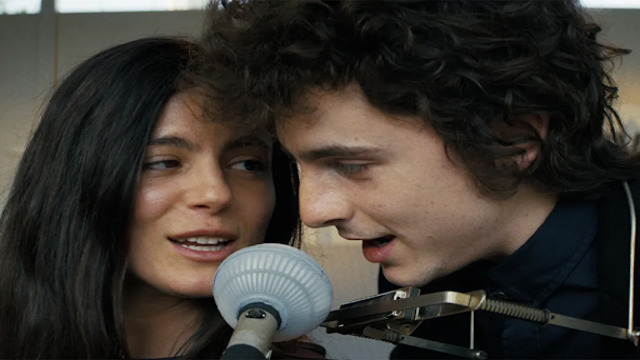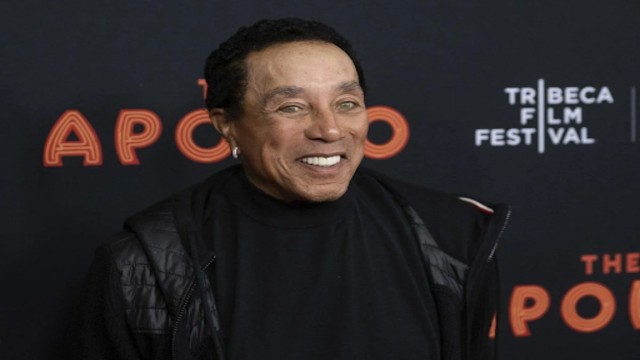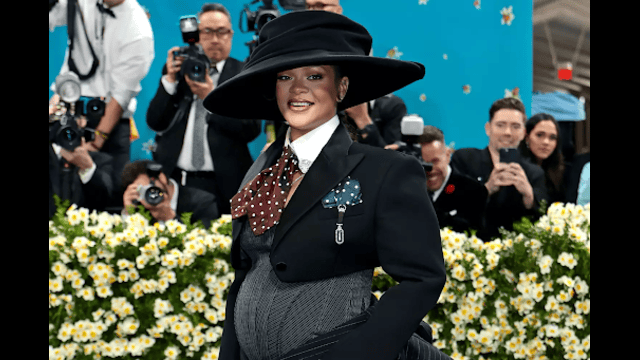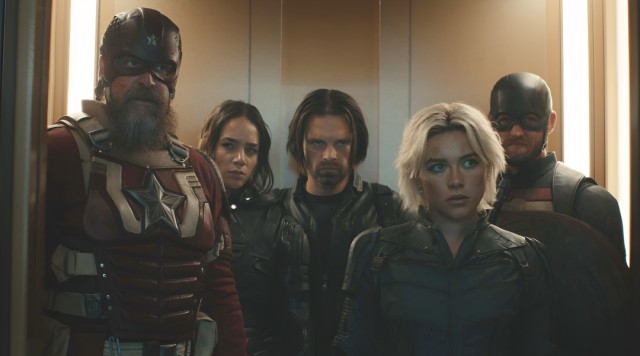
A scene from the Bob Dylan biopic A Complete Unknown
The release of A Complete Unknown, the Bob Dylan biopic directed by James Mangold, on Christmas Day has sparked a conversation about the balance between fact and fiction in the portrayal of the iconic musician’s life. While the film has been largely praised, it has also stirred debate about its historical accuracy, as it takes several creative liberties with the timeline, events, and characters involved in Dylan’s rise to fame.
Elijah Wald, the author of Dylan Goes Electric! Newport, Seeger, Dylan, and the Night That Split the Sixties, is one of the main sources used by the filmmakers. Wald has expressed admiration for the film, despite acknowledging that the script, co-written by Mangold and Jay Cocks, departs from his book in certain areas. Wald points out that the film condenses timelines and combines separate incidents for dramatic effect. Similarly, David Browne, the author of Talkin’ Greenwich Village, commends the film’s portrayal of the folk scene, though he notes that it offers only a brief sketch of its key players.
One of the most prominent aspects of the film is its depiction of Dylan’s controversial performance at the 1965 Newport Folk Festival, where he famously “went electric.” The film dramatizes the crowd’s reaction, showing boos and confusion as Dylan performed with an electric band. However, as Wald explains, the audience’s reaction at the actual Newport performance was more mixed, with some booing, others cheering, and some simply confused. The scene in the film, while memorable, exaggerates the crowd’s hostility, according to Wald’s research. Nonetheless, the general sense of shock and conflict during the performance is true to history.
The film also addresses the legendary moment when Pete Seeger, reportedly frustrated by Dylan’s electric set, was said to have considered taking an axe to the sound cables. While this is a dramatic element, Wald notes that the “axe story” was an invention spread by others in the aftermath of the performance. However, the film’s portrayal of Seeger’s wife, Toshi, calming him down is an accurate reflection of what happened in real life.
In terms of Dylan’s relationships, A Complete Unknown delves into his interactions with Johnny Cash and Joan Baez. The film accurately depicts Dylan and Cash as pen pals, exchanging letters that reveal their mutual respect. However, the film’s suggestion that Cash urged Dylan to go electric during the 1965 Newport performance is a fictionalized moment. Cash was not even at Newport that year, although he did perform there the previous year. Similarly, the film invents a scene where Dylan and Baez clash over their relationship dynamics, which didn’t happen in real life.
The film also fictionalizes the role of Suze Rotolo, Dylan’s early muse, by changing her name to Sylvie and simplifying her role in Dylan’s life. While the film suggests that she was pivotal in introducing Dylan to political songwriting, it downplays her broader influence on his creative development. In reality, Rotolo was more deeply embedded in the political and artistic scene than the film suggests.
One notable absence in the film is Sara Lownds, Dylan’s future wife, who is never mentioned. While the movie presents a love triangle between Dylan, Baez, and Rotolo, it overlooks the fact that by the time of the 1965 Newport performance, Dylan was already involved with Lownds, who would soon become his wife. Critics, including Dylan expert Ian Grant, argue that the omission of Lownds creates an incomplete picture of Dylan’s relationships.
Despite these fictionalized elements, the film has received praise for its emotional depth and for capturing the essence of Dylan’s artistic transformation. Timothée Chalamet’s portrayal of Dylan has garnered particular acclaim, with many noting the authenticity he brings to the role, even if certain events and relationships have been reinterpreted for dramatic purposes. Overall, A Complete Unknown succeeds as a poignant exploration of Bob Dylan’s evolution, though it takes significant creative liberties along the way.















